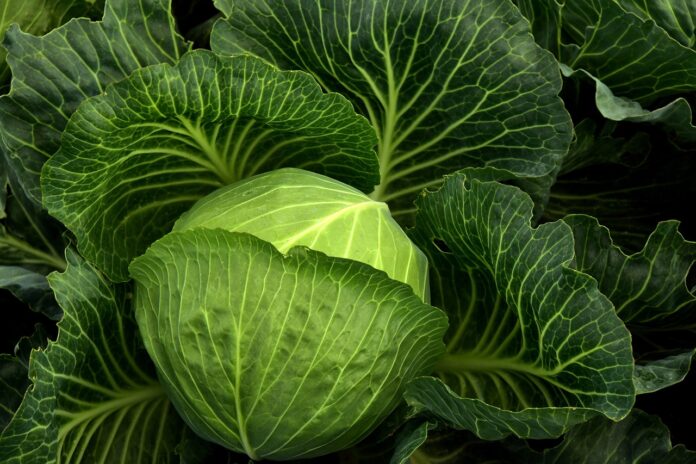- High Water Content: Cabbage is over 90% water, which makes it low in calories and hydrating. This high water content contributes to its crunchy texture when eaten raw and also makes it ideal for low-calorie diets
- Record-Breaking Growth: The largest recorded cabbage weighed over 62 pounds, grown in Alaska in 2012. Such giant cabbages are possible due to Alaska’s long summer days, which give plants extra hours of sunlight and growing time.
- Cold Tolerance: Cabbage thrives in colder climates and is among the few vegetables that grow well even in frosty conditions, making it a staple crop in northern regions.
- A Weight-Loss-Friendly Food: Low in calories but high in water content and fiber, cabbage is a favorite among those looking to maintain or lose weight.
- Unique Chemical Reaction: When cooked, cabbage releases sulfur compounds that give it a distinct aroma. These sulfur compounds are also partly responsible for some of cabbage’s health benefits, including anti-inflammatory properties.
- Nutrient-Dense: Cabbage is rich in vitamins, particularly vitamin K and vitamin C, which boost immune health. It also contains antioxidants that help reduce inflammation and potentially lower the risk of certain cancers
- Global Festivals: Cabbage is celebrated worldwide, with events like South Korea’s Kimchi Festival, honoring this vegetable as a staple in traditional foods. Such festivals showcase its cultural significance, especially in fermented forms like kimchi and sauerkraut
- Family Connection: Cabbage belongs to the Brassica family, along with broccoli, cauliflower, and Brussels sprouts. This family of vegetables is renowned for its potential cancer-fighting properties, thanks to high levels of antioxidants like sulforaphane
- Associated Mythology: In Roman mythology, cabbage was linked to the goddess Ceres, symbolizing fertility and abundance. It also held significance in Celtic mythology, representing prosperity and good fortune
- Storage Tip: To maintain freshness, cabbage should be stored in the refrigerator with its outer leaves intact. This helps protect the inner leaves, preserving its crunch and flavor for longer
- Ideal for Home Gardens: Growing cabbage is relatively easy in cool climates, making it a popular choice for home gardeners. It thrives with adequate sunlight and well-drained soil, producing a rewarding harvest for minimal effort
- Ancient Origins: Cabbage is believed to have originated in Asia and was cultivated in ancient Egypt as early as the 15th century BCE. The Greeks and Romans later cultivated it, primarily in the form of basic green varieties
- Variety Explosion: While only a few varieties of cabbage existed in ancient times, the 19th century saw around 30 types, and today, over a hundred varieties are available worldwide. These include Napa, Savoy, red, and green cabbages
- Nutritional Powerhouse: A serving of raw cabbage (100g) provides more than 60% of an adult’s daily requirement of vitamin C. Sauerkraut, a fermented cabbage, retains its nutritional value for up to 10 months
- Cabbage in Medicine: The juice of cabbage leaves is valued for its medicinal properties, especially for gastrointestinal health. Known as a source of “vitamin U,” it has anti-ulcer properties, and in folk medicine, cabbage juice is often used for its antimicrobial and anti-inflammatory effects
- Etymology of “Cabbage”: The English word “cabbage” is derived from the Latin “caput,” meaning “head.” The French slang term “caboche” also contributed, which humorously led to the term “cabbagehead,” meaning “blockhead”
- Fermented Heritage: Sauerkraut, the popular fermented form of cabbage, was first created in ancient China, where it was soaked in rice wine. By the 3rd century BCE, it was fed to workers building the Great Wall
- Symbol of Luck and Prosperity: Cabbage is often associated with good luck and prosperity in various cultures. It appears in New Year traditions, especially in the Southern United States, where it is believed to bring financial luck
18 Interesting Facts About Cabbage
